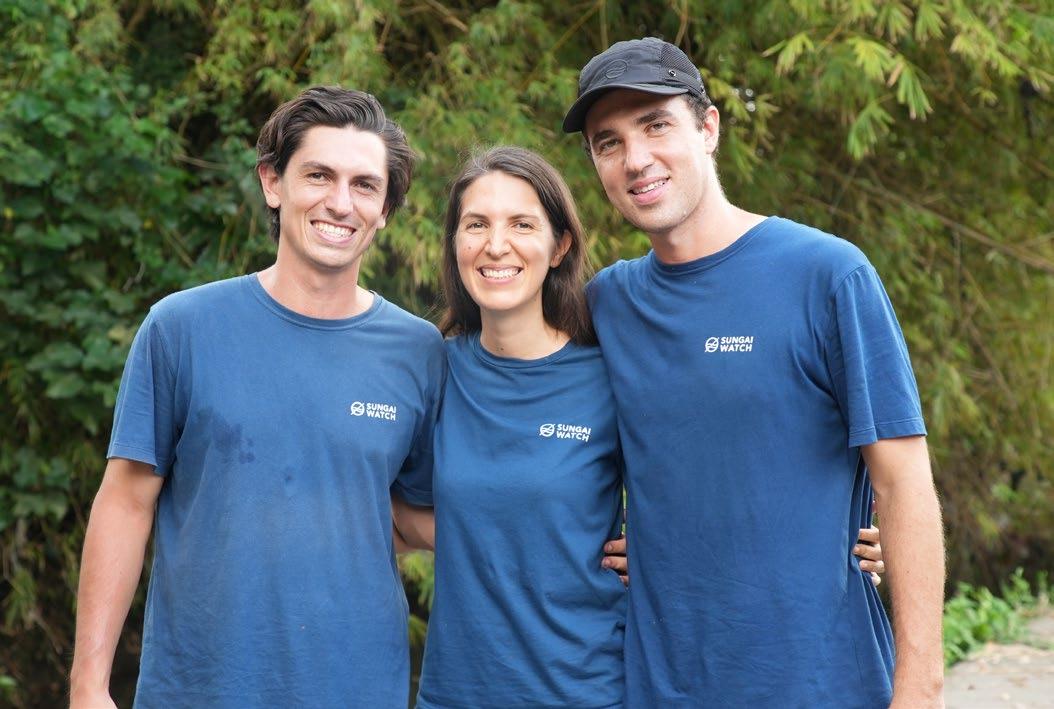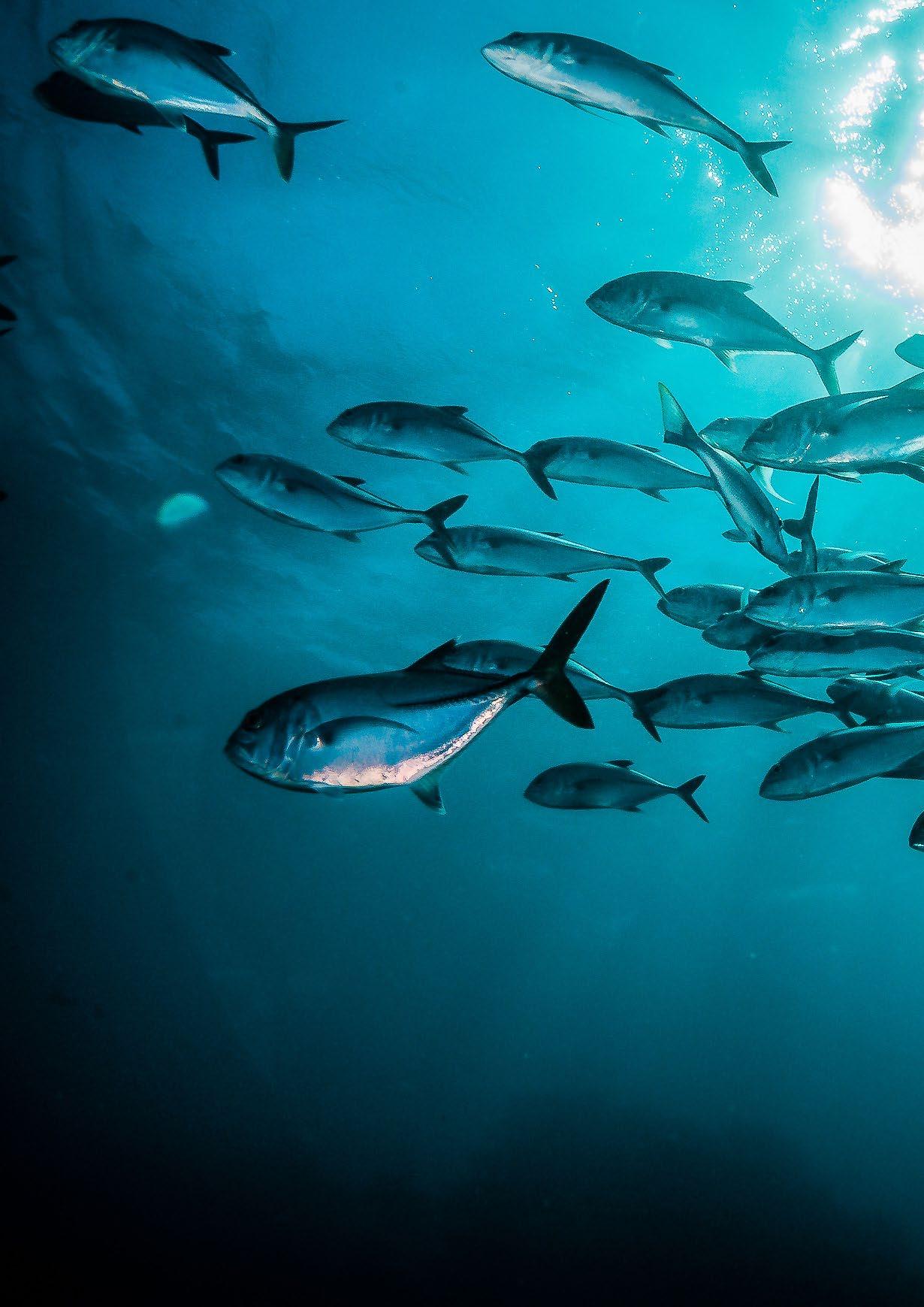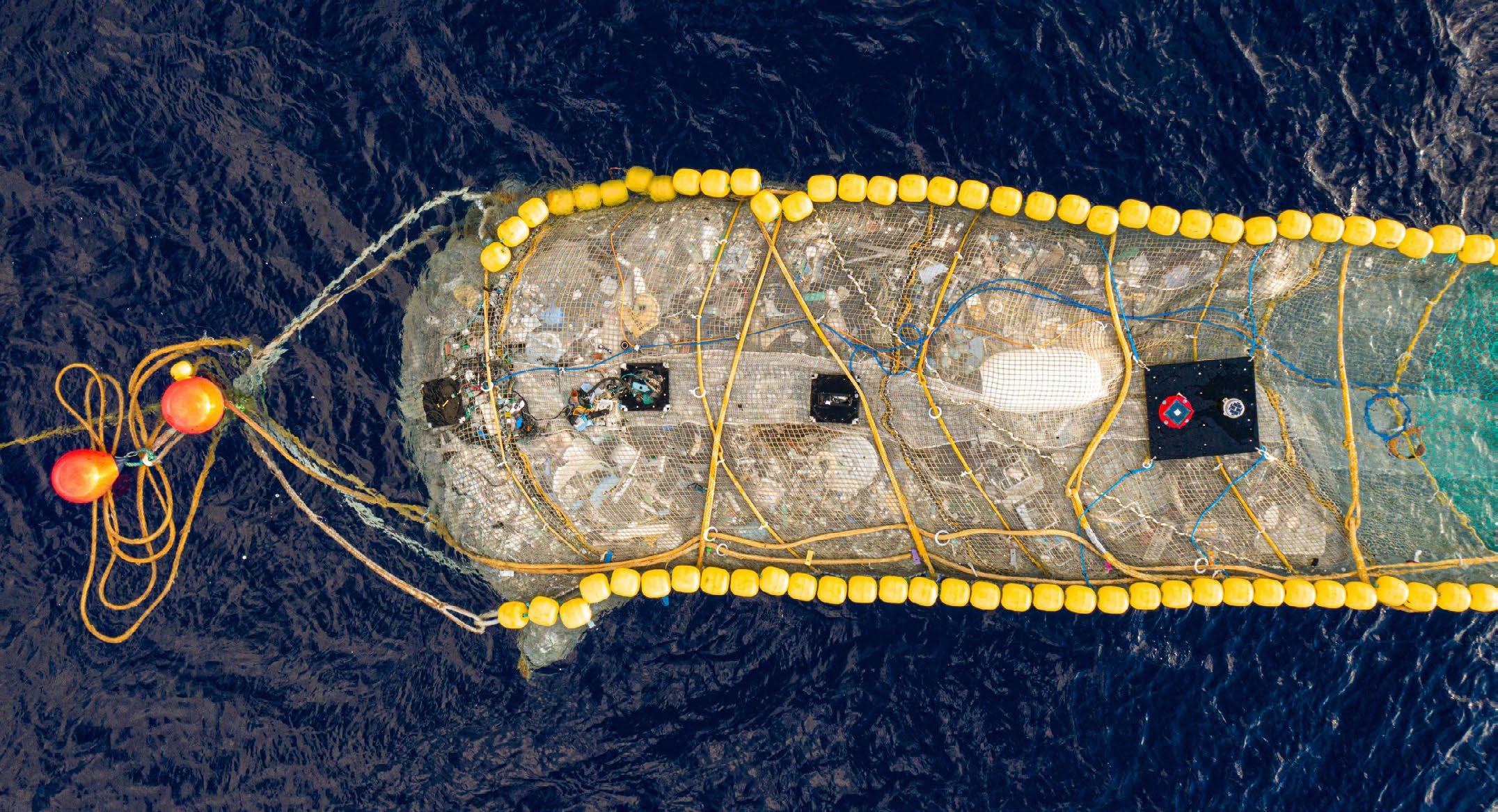
3 minute read
The Oceans Are Drowning In Plastic
Written By | DARBY BONNER
Plastic pollution is one of the biggest environmental challenges the world is facing today. The oceans, in particular, are bearing the brunt of this crisis. Plastic waste that ends up in the oceans, either through direct dumping or through rivers and other waterways, poses a serious threat to marine life, ecosystems, and even human health. The scale of plastic pollution in the oceans is staggering, with an estimated 8 million metric tons of plastic entering the seas every year. While numerous efforts have taken place over the last few decades over the globe, plastic is still taking over, and by 2050 there could be more plastic than fish in the sea (by weight).
Advertisement

Global Plastic Waste Trading: Out Of Sight and Out Of Mind?
Global waste trading is an international transaction between two or more countries for the disposal and recycling of waste, such as plastics. Waste is unavoidable due to the industrialisation of economies worldwide, and still, to this day, our daily lives are full of consumable products and single-use plastic packaging. To try and manage global waste, in the 1970s, countries introduced waste trading.
Typically it is cheaper for developed countries to ship containers packed of plastic halfway around the globe to be “recycled” in developing countries than to deal with the plastic waste themselves. And while it can be a lucrative “green” industry in the developing world, many countries find it a more profitable business if they burn it or dump it on their ‘growing mountain’ of a landfill.
So, who’s at fault? Can we blame these ‘rogue’ importers? What about the local governments who allow this to slide past them with a blind eye? Or do we point the finger at the exporters who pay for their plastic waste to go out of sight and out of mind? The irony is that wherever the waste is sent, whether it be 10km or 10,000km, it will still end up on Earth somewhere. And while the immediate effects of plastic waste are most felt locally, in the long run, it is the entire global ecosystem that suffers. The good news is many organisations are working effortlessly to save our blue planet, including The Ocean Cleanup and Sungai Watch.
The Ocean Cleanup
Founded in 2013 by Boyan Slat, The Ocean Cleanup is a non-profit foundation headquartered in Rotterdam, the Netherlands. The Ocean Cleanup team is taking a two-pronged approach: stemming the inflow via rivers and cleaning up what has already accumulated in the ocean. Their biggest mission to date is tackling the Great Pacific Garbage Patch. The Great Pacific Garbage Patch (GPGP) is the largest of the five offshore plastic accumulation zones in the world’s oceans, located halfway between Hawaii and California. The GPGP covers an estimated surface area of 1.6 million square kilometres, three times the size of France. The plastics that accumulate in this area are toxic for sea surface feeders and increase the chances of entanglement. Plastics also massively affect public health and the economy.
The Ocean Cleanup’s System 002, also known as “Jenny”, has been successfully deployed into the ocean to harvest plastic from the GPGP. Out of the nine test extractions, The Ocean Cleanup collected a total of 28,659 kilograms (63,182 pounds) of plastic from the ocean, of which 9,014 kilograms were removed in a single haul! The plastic harvested from the GPGP will be tracked and traced, and verified through the certification body DNV using its identitypreserved chain of custody model.

In combination with System 002, The Ocean Cleanup hopes to deploy System 03 in 2023 after a generous donation of $25 million from Joe Gebbia, Co-founder of Airbnb. With these funds, The Ocean Cleanup expects to deploy a fleet of 10 systems, which will be capable of reducing 50% of the waste in the GPGP every 5 years. While they carry out this incredible mission, The Ocean Cleanup will continue their ongoing effort to stop plastic from entering the ocean via rivers with their new Interceptor projects, which are planned to begin between 2023 and 2024.
Boyan Slat has said: “Getting here was not always easy,
Continued on page 8 but we remained focused on our mission and its necessity. While it’s just the tip of the iceberg, these kilograms are the most important ones we will ever collect because they are proof that cleanup is possible.”
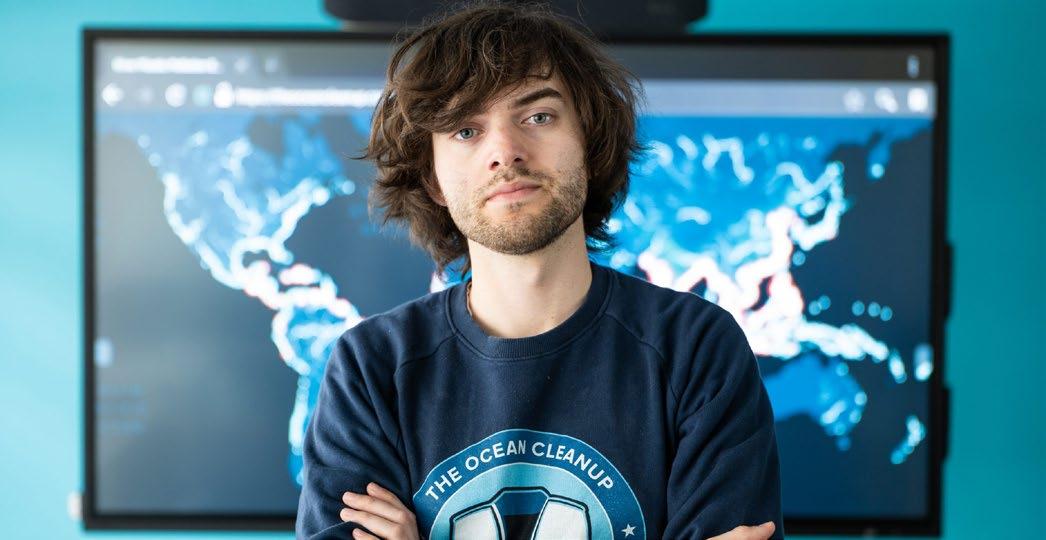
Learn More: theoceancleanup.com
Sungai Watch
Currently, Indonesia ranks as the second largest plastic polluter of the oceans after China. Sungai Watch is on a mission to protect and restore Indonesia’s rivers by developing and designing simple technologies to stop the flow of plastic pollution from going into the ocean, starting with the infamous tourist island of Bali.
To date (May 2023), the Sungai Watch team has collected 1,148,611 kg of plastics. This is all down to Sungai Watch’s 180 barriers installed in Indonesia and the 550 + community cleanups they have organised. Sungai Watch has installed “trash barriers” in Indonesia’s rivers to collect debris before it flows into the ocean. This is the quickest and most cost-effective method to eradicate plastic pollution by activating communities on land in low economic countries like Indonesia.
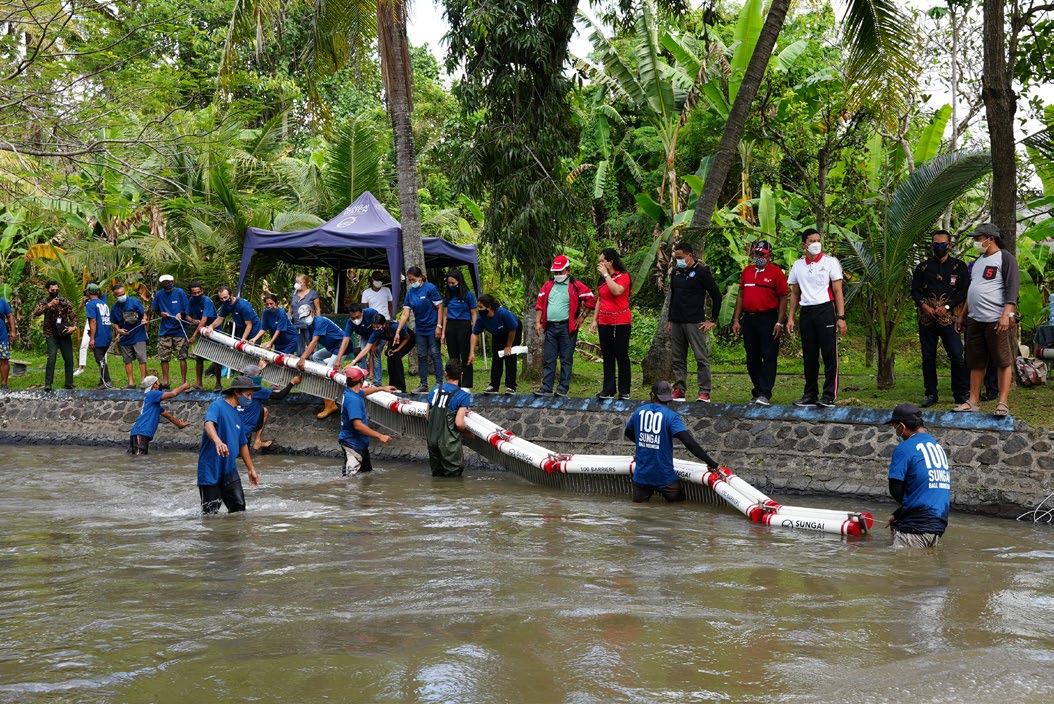
In addition to their barriers, Sungai Watch organises emergency cleanups at illegal dumps and along riverbanks to prevent plastic from entering rivers. They are also working extremely hard to enforce proper waste management at the local level.

To continue their hard work there are ways that you can support Sungai Watch by sponsoring a barrier, donating to help Sungai Watch fund more river and illegal landfill clean-ups, signing up for their volunteer opportunities, and reporting a dirty river in Indonesia.
Learn more: sungai.watch
